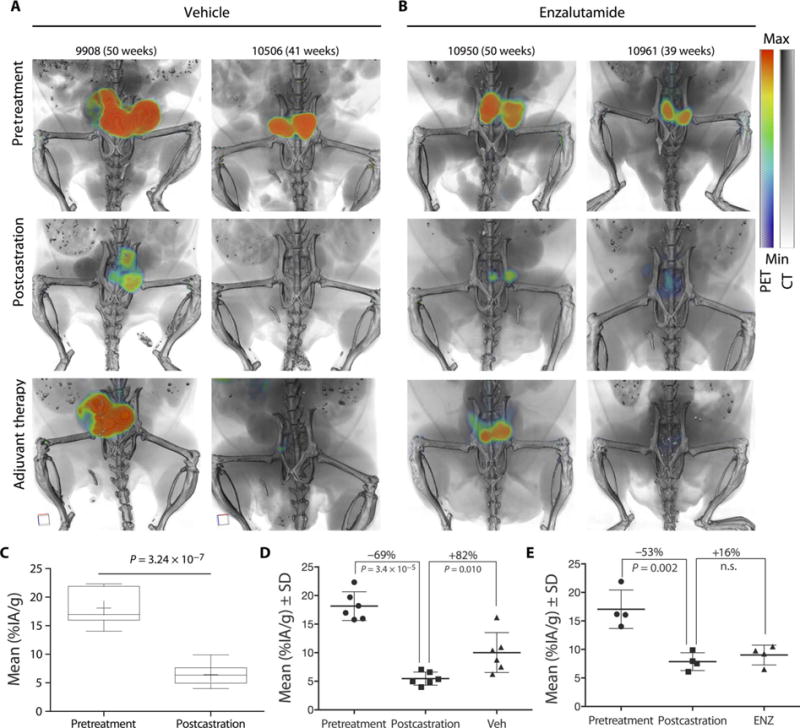Fig. 6. Characterization of drug response to surgical castration and adjuvant AR blockade.

Noninvasive longitudinal quantification of castration and anti-androgen therapy with 89Zr-11B6. Pb_KLK2 × Hi-Myc mice were imaged before treatment, after castration (6 weeks after surgery), and after adjuvant therapeutic intervention [4 weeks after either vehicle or enzalutamide (ENZ)]. (A and B) Two representative animals from the vehicle [phosphate-buffered saline (PBS)] (A) and enzalutamide (B) treatment groups are shown. (C) Quantification (mean %IA/g) of 89Zr-11B6 targeting in groups, before surgery (n =14) and after castration (n = 10). (D and E) Mean uptake in the vehicle (Veh) (n =6) (D) and enzalutamide (n = 4) (E) groups through the entire adjuvant treatment regimen. Reactivation in the castration plus AR blockade group was not significant (n.s.).
